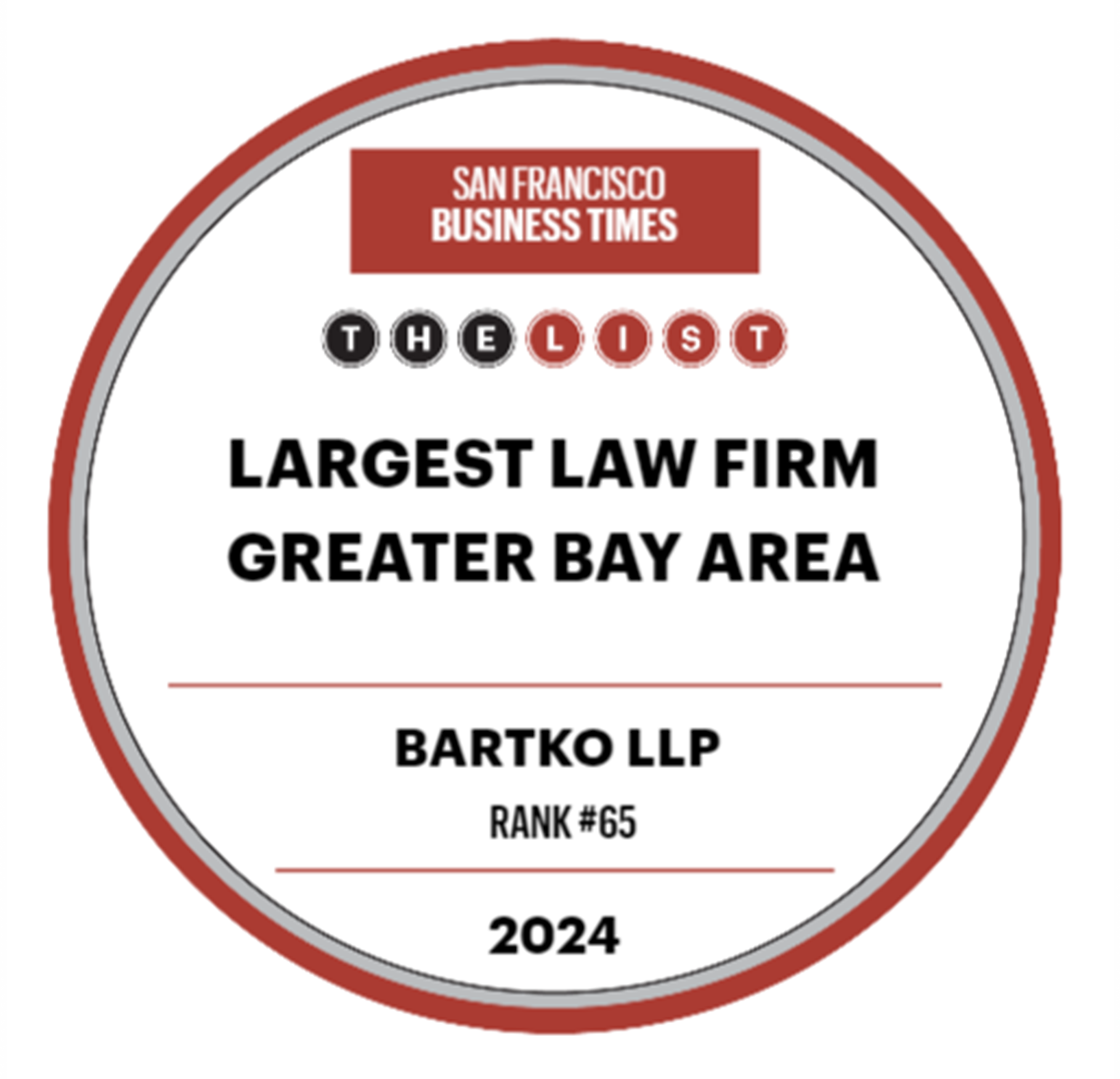COVID-19 Laws and Regulations Update For 2021
by Kerry Duffy and Elizabeth Ferguson
In a surprising turn of events this week, Congress did not extend the Families First Coronavirus Response Act (“FFCRA”) past December 31, 2020. This means that employers will not be required to provide FFCRA leave in 2021. Rather, employers have the option of voluntarily providing FFCRA leave past the expiration date, in which case they may continue to take advantage of FFCRA tax credits through March 31, 2021 for qualifying FFCRA leave. There is no change to the amount of leave available to employees – meaning, if an employer chooses to offer FFCRA leave into 2021, but an employee has already exhausted their FFCRA leave in 2020, that employee is not eligible for any additional FFCRA leave. Please also be aware that California’s Supplemental Paid Sick Leave Act (“CSPSL”) is also set to expire on December 31, 2020 because its deadline is tied to that of the FFCRA. However, any employee who is on CSPSL leave as of December 31 is permitted to take their full leave, even if this would cause the CSPSL leave to extend past the expiration date. Employers who elect not to extend FFCRA leave into 2021 should remove any employee notice posters regarding that leave (or if applicable, the notice poster for CSPSL leave), update any written policies, and communicate these policy changes to employees.
Other COVID-19 related laws and regulations continue to be in effect, and it is important for employers to be in compliance. For instance, employers must comply with the Cal/OSHA COVID-19 Emergency Temporary Standards (“Standards”), which took effect on November 30, 2020 and created reporting, recording, and notice requirements relating to COVID-19. The Standards apply to all California employers with three exceptions: (1) Workplaces where there is only one employee who does not have contact with other people; (2) Employees who are working from home; and (3) Employees who are covered by the Aerosol Transmissible Diseases regulation.
Under these Standards, employers must have a written COVID-19 Prevention Program (“CPP”) as a standalone policy or as part of an existing Injury and Illness Prevention Program, which must include:
- Identifying and evaluating employee exposures to COVID-19 health hazards.
- Implementing effective policies and procedures to correct unsafe and unhealthy conditions (such as safe physical distancing, modifying the workplace, and staggering work schedules).
- Providing and ensuring workers wear face coverings to prevent exposure in the workplace.
- Investigating and responding to COVID-19 cases, and offering free testing to employees exposed to COVID-19 at the workplace.
- Providing training and instruction to employees on how COVID-19 is spread and infection prevention techniques.
- Excluding employees with COVID-19 exposure from the workplace for 14 days.
- Providing information regarding COVID-19-related benefits that affected employees may be entitled to under applicable federal, state, or local laws.
- Establishing a system for communicating how employees should report COVID-19 symptoms and possible hazards, available accommodations for employees who are at greater risk for severe illness, and information about testing.
- Providing paid leave to employees excluded from the workplace due to a workplace exposure (where the employee is otherwise able to work and cannot work from home while quarantining, subject to offset for other benefits).
- Reporting information about COVID-19 cases at the workplace to the local health department and Cal/OSHA when certain infection thresholds are met.
- Maintaining a record of COVID-19 cases that removes personal identifying information that shall be made available for review to employees, authorized employee representatives, or as otherwise required by law.
- Establishing return to work criteria for employees excluded from the worksite due to COVID-19.
A model CPP drafted by Cal/OSHA is available in English and Spanish.
In addition, California employers must comply with AB 685 requirements, which go into effect on January 1, 2021. Of particular note, employers must provide a written notice to all employees, the employers of subcontracted employees, and union representatives of employees who were on the premises at the same worksite as a person who was infected with COVID-19 or who was subject to a COVID-19-related quarantine order. This written notice must be issued within one business day of the employer becoming aware of the potential exposure and should not include any information that would identify the person at the worksite with COVID-19. The notice must include information about any COVID-19-related benefits to which the employee may be entitled, disinfection and safety plans to be implemented, and advise as to anti-retaliation and anti-discrimination protections for disclosing a positive COVID-19 test or diagnosis or order to quarantine or isolate.
There are also local COVID-19 paid sick leave ordinances that may impact employers depending on locality, so it is important to check for any that may apply. Given the complexities of these and other COVID-19 laws and regulations, employers are recommended to consult with employment counsel on these matters.








